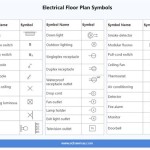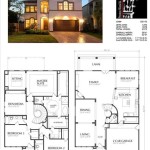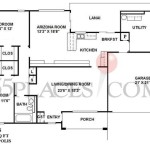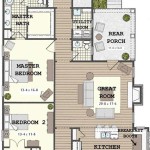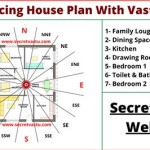Essential Aspects of House Extension Plan Examples
Expanding your home can be a significant undertaking, and careful planning is crucial. House extension plan examples provide valuable inspiration and guidance to homeowners considering this transformative project. By studying these plans, you can gain valuable insights into design possibilities, space utilization, and construction considerations.
1. Determine Your Needs and Goals
Before delving into plan examples, clearly articulate your needs and goals for the extension. Consider factors such as additional living space, home office, extended kitchen, or any other specific requirements. Identifying your primary objectives will guide your search for suitable plans.
2. Explore Different Types of Extensions
House extensions come in various forms, depending on your architectural style, property layout, and available space. Plan examples may showcase single-story or double-story extensions, wraparound additions, and even basement conversions. Consider each option carefully to find the best fit for your needs.
3. Analyze Space Utilization
Efficient space utilization is key to a successful extension. Plan examples can provide insights into how experienced architects maximize space. Look for clever storage solutions, multifunctional areas, and seamless integration with existing rooms. Pay particular attention to the flow of movement and natural light throughout the extended space.
4. Consider Building Materials and Finishes
The choice of building materials and finishes greatly impacts the aesthetics and longevity of your extension. Plan examples can offer suggestions for materials such as brick, timber, or glass, as well as roofing and flooring options. Ensure that the materials complement your existing home and enhance its architectural character.
5. Pay Attention to Structural Considerations
Structural integrity is paramount in any building project. Plan examples should demonstrate how architects address structural requirements, such as foundation design, load-bearing walls, and roofing systems. Look for plans that provide clear details of these critical elements, ensuring a safe and durable extension.
6. Study Construction Details
Extension plans should provide detailed construction details, including floor plans, elevations, and cross-sections. These drawings illustrate important aspects such as room dimensions, window and door placements, and the integration of mechanical systems. Thoroughly examining these details will help you understand the scope and complexity of the project.
7. Seek Professional Advice
While plan examples provide valuable inspiration, it is crucial to seek professional advice from an architect or experienced contractor. They can assess your specific needs, create customized plans, and guide you through the process, ensuring a successful house extension project that meets your expectations.
In conclusion, house extension plan examples offer a wealth of information and guidance for homeowners considering this exciting home improvement project. By carefully studying these plans, you can gain insights into design possibilities, space utilization, and construction considerations. However, it is always advisable to consult a professional who can tailor plans to your unique needs and ensure a transformative and successful extension.

Examples

House Extension Drawings Types Of Designs And Plans You Need

Sample Extension Or Property Drawings Ltd Architectural

Example Drawings Ep Architecture Redditch And Bromsgrove

Extension Plans House Extensions

Examples

Sample Extension Or Property Drawings Ltd Architectural

Extension Plans Drawings Designs

Sample Extension Or Property Drawings Ltd Architectural

Building Regulations Drawings Rayleigh Essex Myhouseplan

